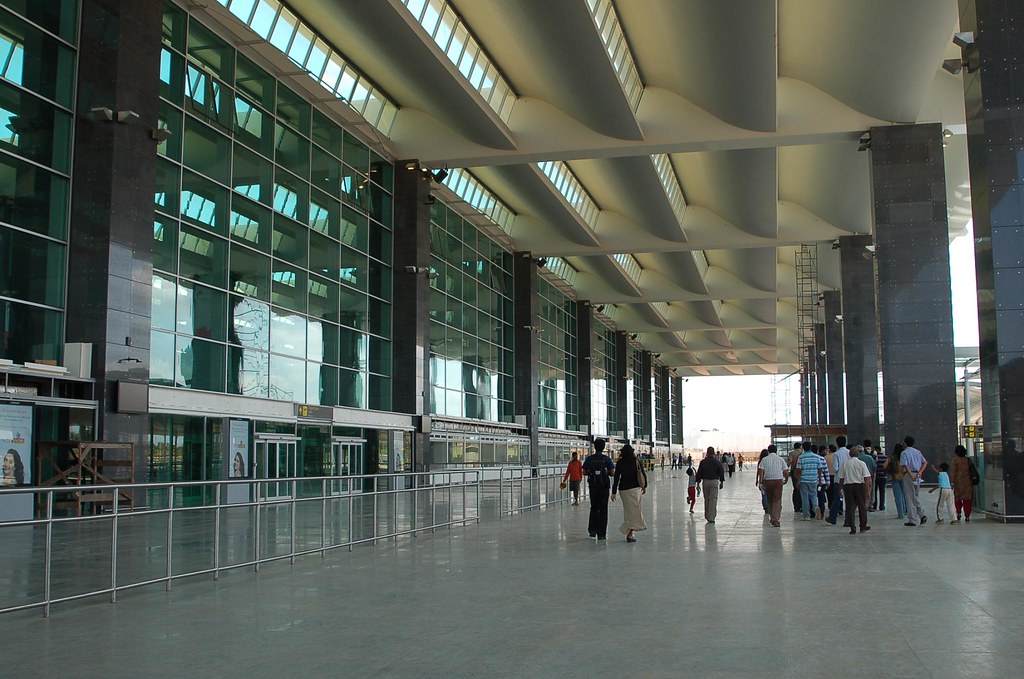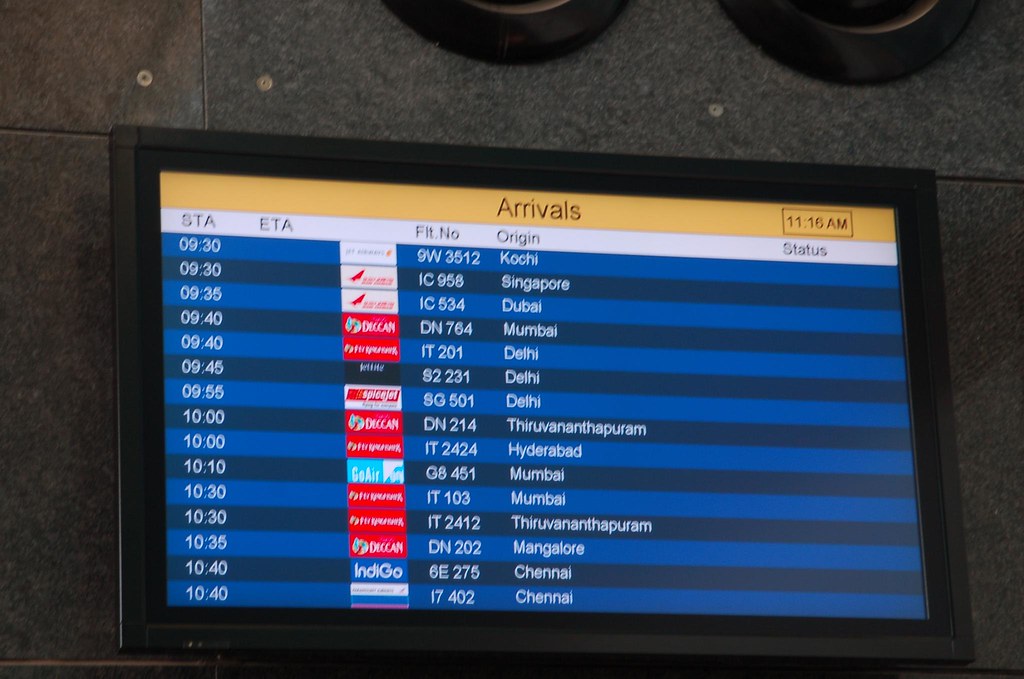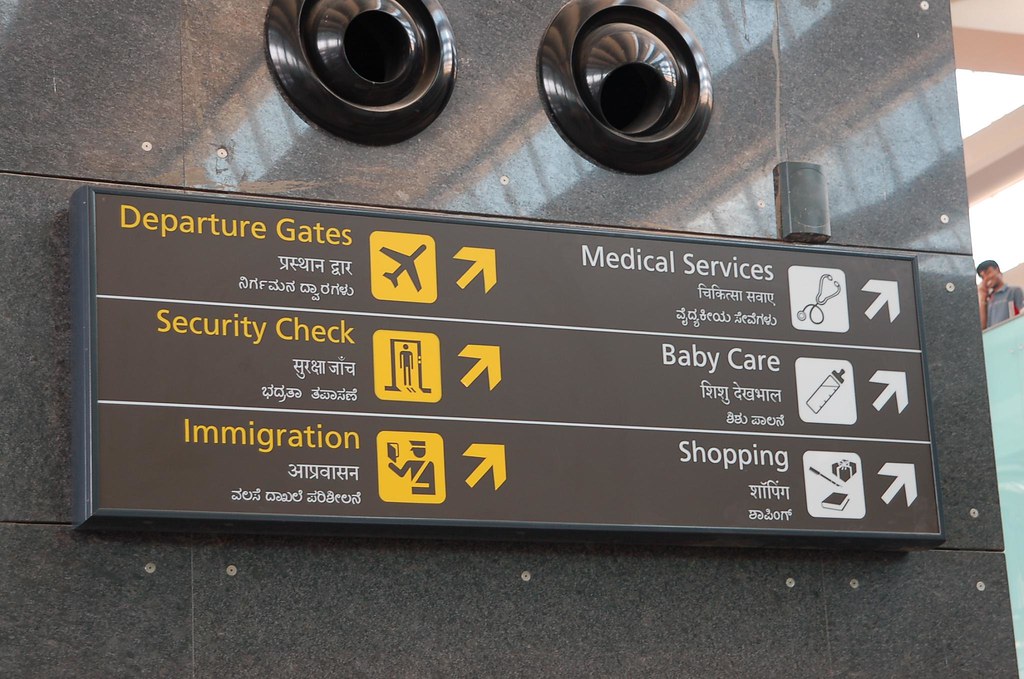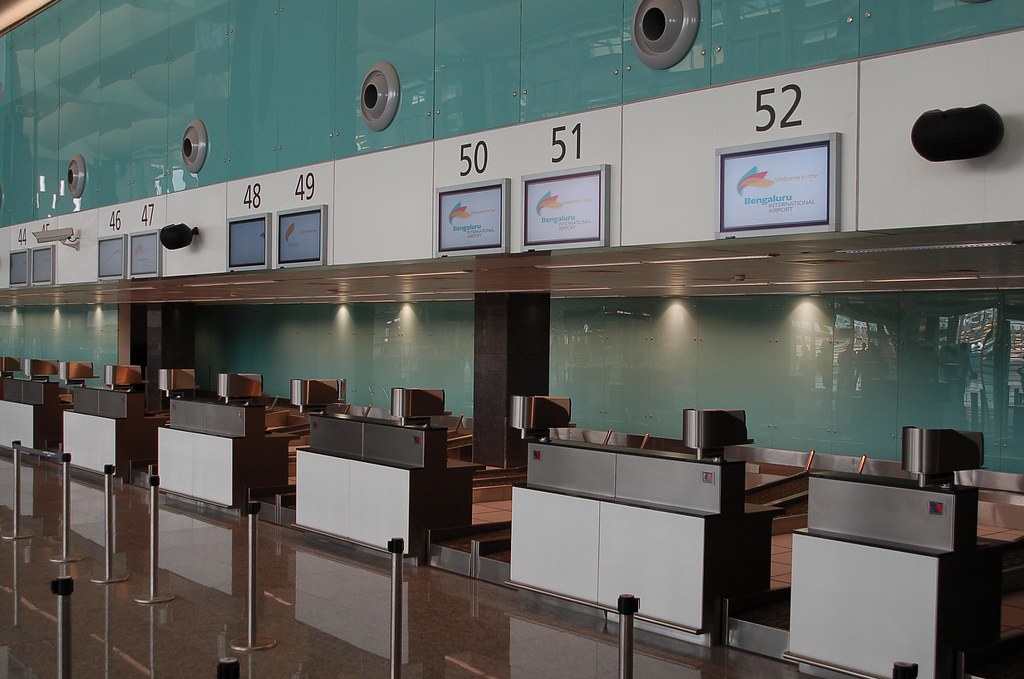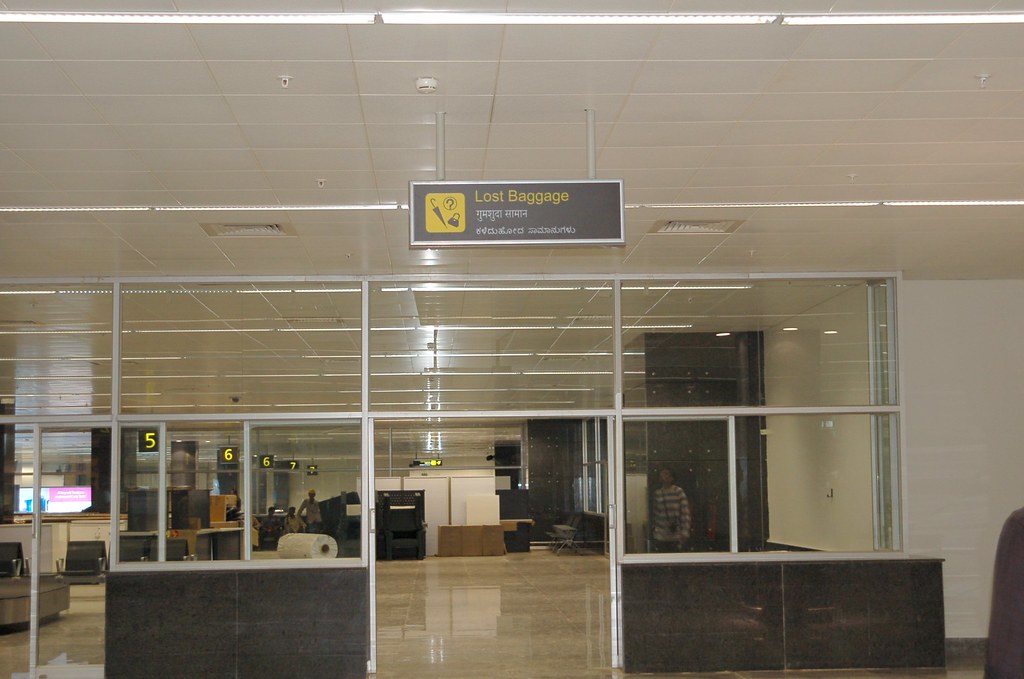
Kingfisher Airlines announced plans to launch services to Kathmandu from Mumbai or Bangalore via Delhi, subject to government approval.
The carrier plans to launch its first international service in Aug-08, with routes from Bangalore to San Francisco, London and New York, with plans to then rapidly expand its international route network to over 20 destinations, including Nepal.
This is the second short-haul destination the carrier has revealed in the past week. It previously announced plans to launch services, to Colombo by the end of 2008. This appears to be a departure from Kingfisher’s original strategy to focus on long-haul international destinations, perhaps caused by an excess of narrowbody aircraft serving the highly competitive domestic market.
Deccan, in which Kingfisher’s parent acquired a controlling stake last year (creating India’s largest domestic carrier) completes five years of domestic services on 26-Aug-08, with Deccan’s international rights to become immediately eligible for transfer to Kingfisher.
© Centre for Asia Pacific Aviation. Date posted: 16-May-08





